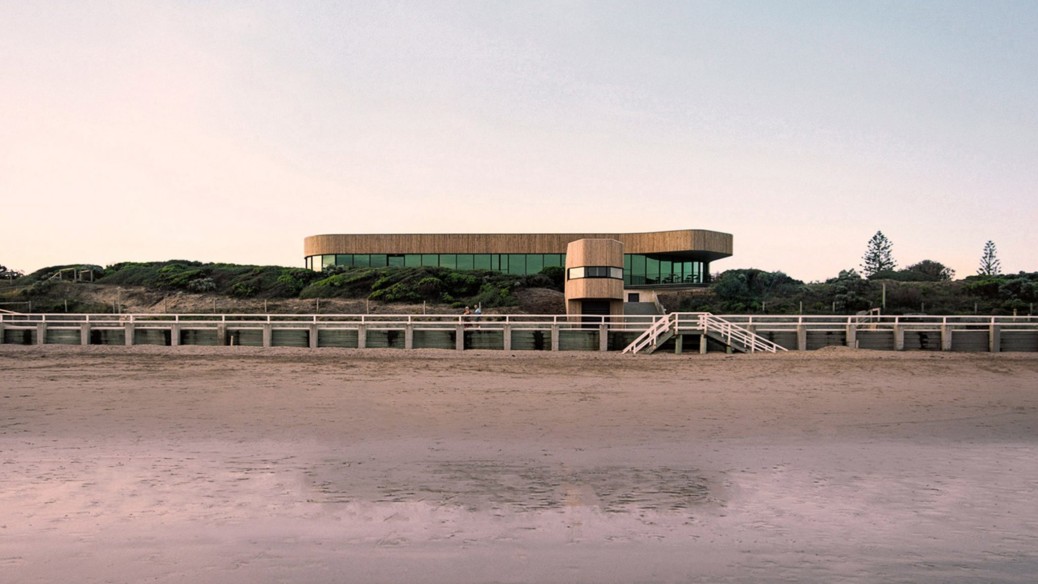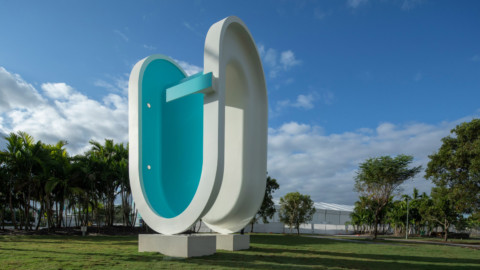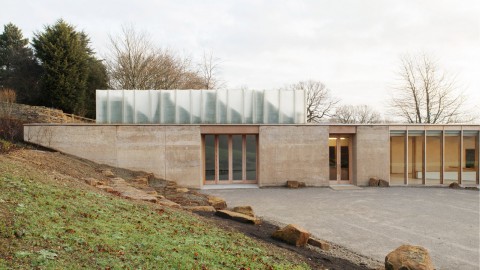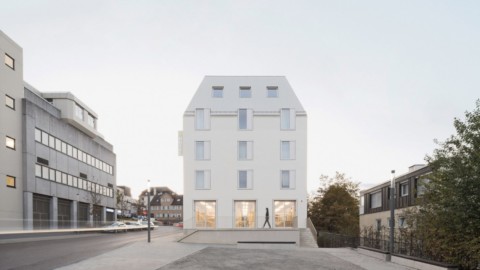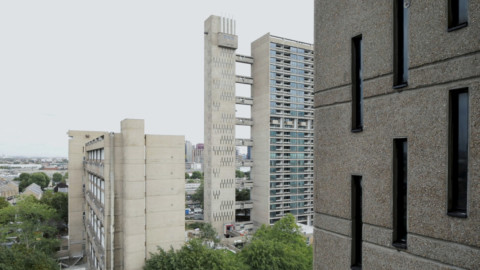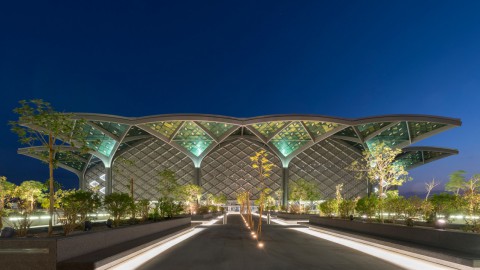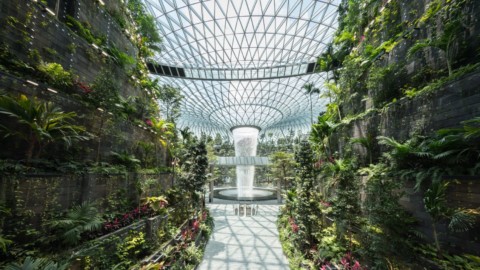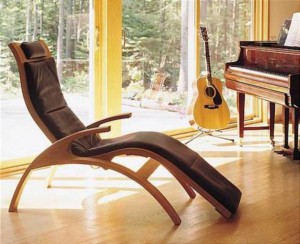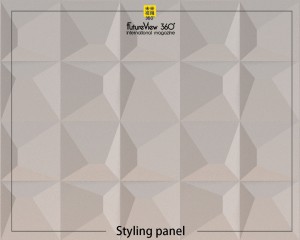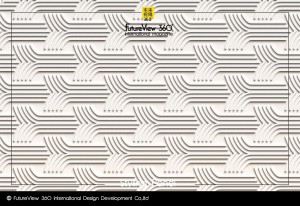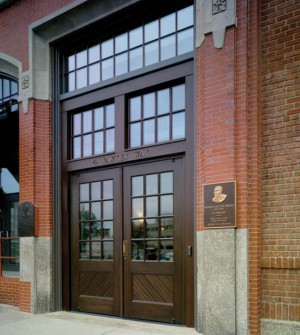Australian architecture studio Wood Marsh has designed the Ocean Grove Surf Life Saving Club to emerge from the surrounding sand dunes on the southern coast of Australia, near Melbourne.
Built on the footprint of a previous building, Wood Marsh designed the clubhouse to greatly expand the facilities for the surf life saving club in the town of Ocean Grove.
To hide the increased mass the studio sunk the two-storey into the surrounding sand dunes, which the studio said gave the building its form.
澳大利亞建築工作室伍德·馬什(Wood Marsh)設計了Ocean Grove Surf Life Saving Club,它從澳大利亞南部海岸附近墨爾本附近的沙丘中崛起。
伍德馬什(Wood Marsh)建立在前一棟建築的佔地面積上,設計了俱樂部會所,以極大地擴展Ocean Ocean鎮衝浪救生俱樂部的設施。
為了掩蓋增加的重量,工作室將兩層樓沉入周圍的沙丘中,工作室稱這是建築物的形狀。

“The design approach is derived directly from its location on the rugged Australian coastline, set within the surrounding dune system,” said Roger Wood, director of Wood Marsh.
“The robust materials draw strongly on contextual influences as well as the need to be durable,” he told Dezeen. “It is a cohesive programmatic response to provide a place of interaction with the waterfront for the incredible life-saving volunteers and the community of Ocean Grove.”
伍德馬什(Wood Marsh)董事羅傑·伍德(Roger Wood)表示:“這種設計方法直接來自其在沙丘系統周圍崎Australian的澳大利亞海岸線上的位置。
他對Dezeen表示:“堅固的材料在很大程度上取決於上下文的影響以及對持久性的需求。” “這是一種有凝聚力的計劃性回應,為難以置信的救生志願者和Ocean Grove社區提供了與海濱互動的場所。”
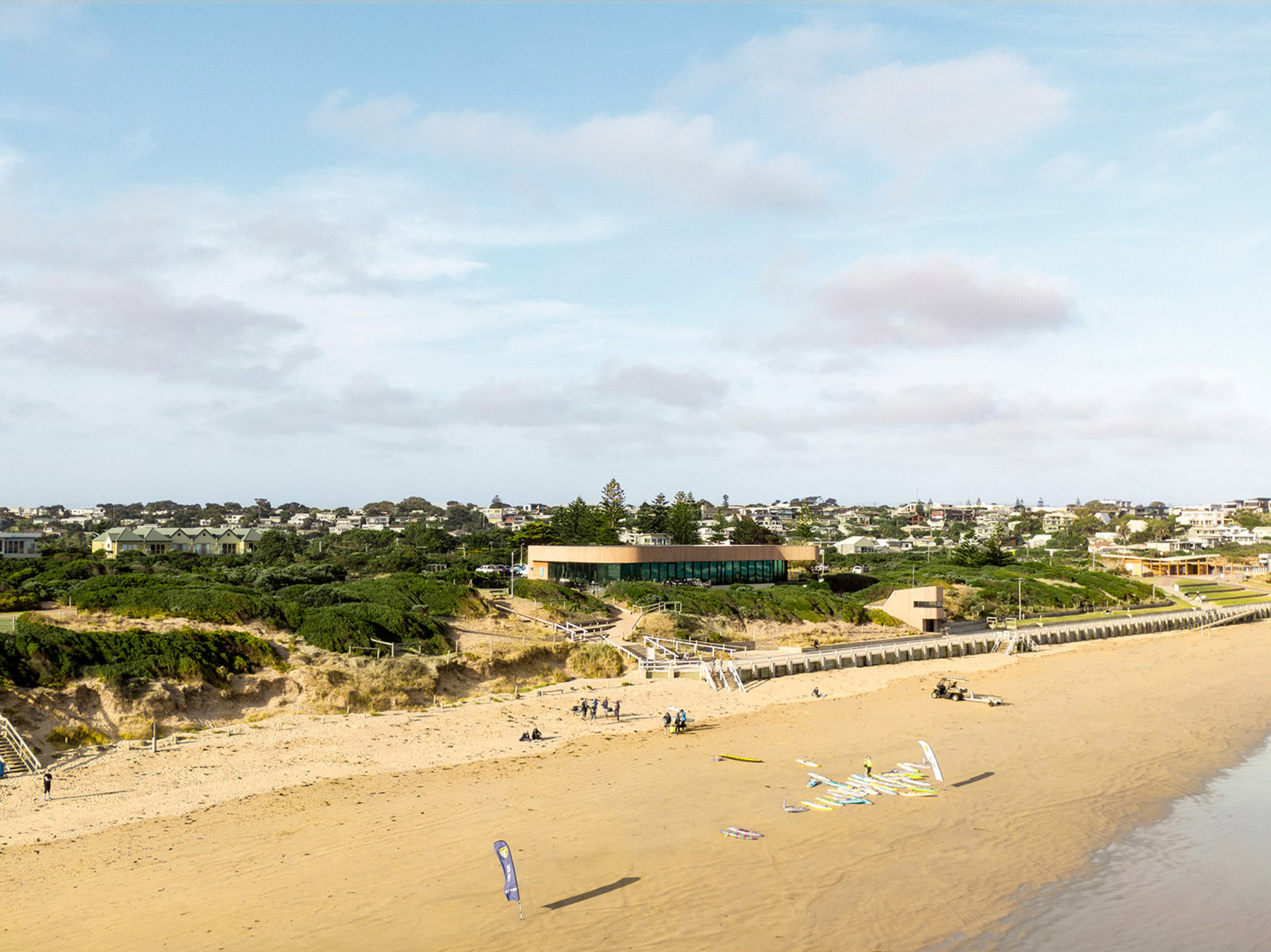
Designed to look like a single storey structure from the sea and surrounding beaches, the clubhouse has a curved timber-clad upper floor above a concrete base.
The lower floor of the building contains the majority of the club’s functional spaces including its changing rooms, surf life saving equipment storage, patrol room and ambulance parking that has direct beach access.
俱樂部會所的設計看起來像是來自大海和周圍海灘的單層結構,在混凝土基座上方具有彎曲的木襯上層。
大樓的較低樓層包含俱樂部大部分功能空間,包括更衣室,衝浪救生設備存儲,巡邏室和可直接通往海灘的救護車停車場。
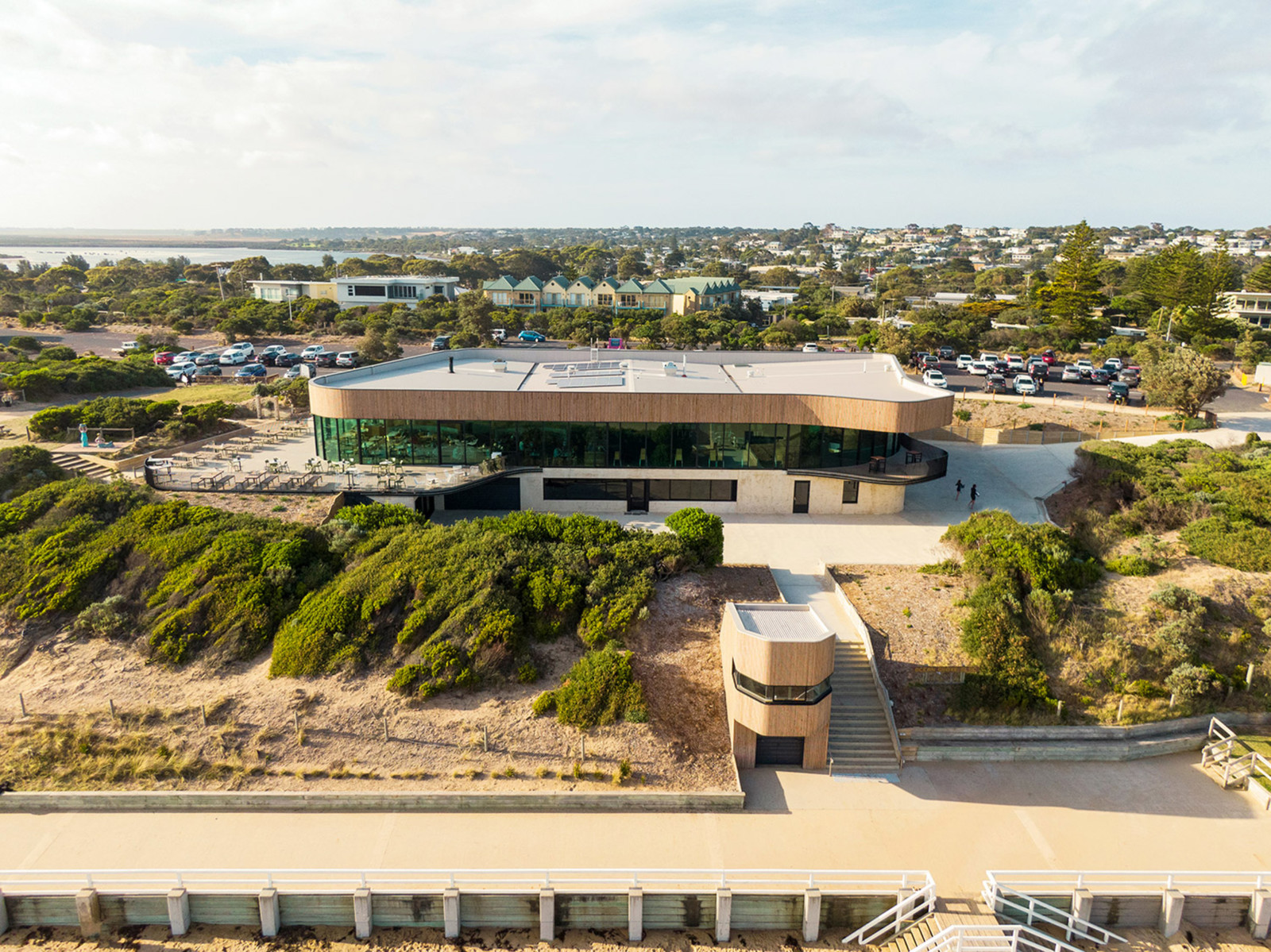
“From the community side, it’s a single-story building,” explained Wood. “You only see the two stories from the emergency area and even from the beach, it looks like a single-story building.”
“The purposeful horizontality of the clubhouse positioned behind the dune system means you don’t see the basement podium level below and therefore it floats within the coastal vegetation,” he continued.
伍德解釋說:“從社區的角度來看,這是一棟單層的建築。” “您只能在緊急區域甚至在海灘上看到這兩個故事,它看起來像是一棟單層建築。”
他繼續說:“位於沙丘系統後面的會所的有目的的水平度意味著您看不到地下平台的高度,因此它漂浮在沿海植被中。”
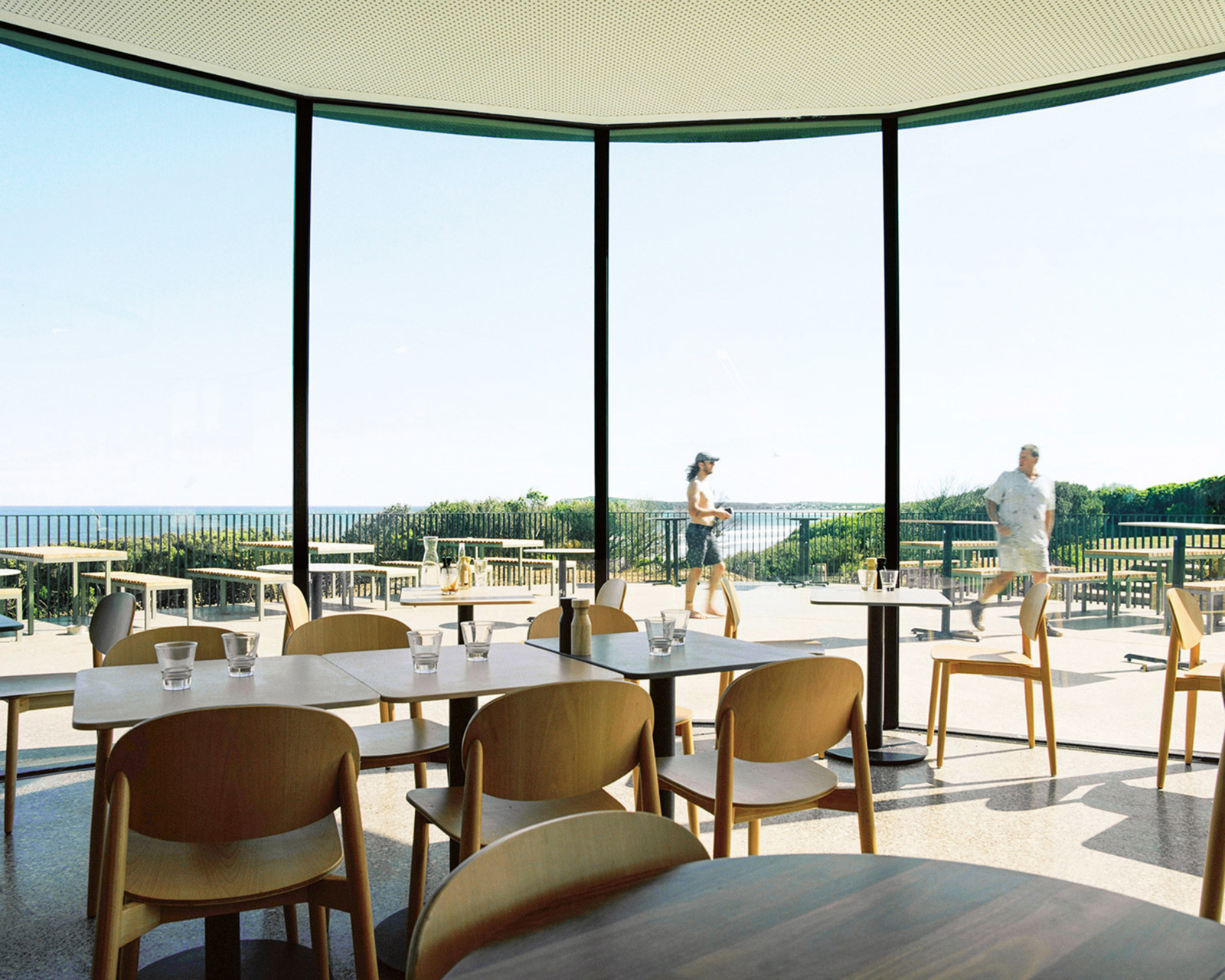
Above the concrete base, the upper floor contains the club’s social spaces including the cafe and bar, which both have large windows to give views across the beach and Bass Strait, which separates mainland Australia from Tasmania.
The cafe opens on a large terrace alongside the dunes, while the bar has a small balcony.
在混凝土基礎之上,較高的樓層包含俱樂部的社交空間,包括咖啡廳和酒吧,二者均具有大窗戶,可欣賞整個海灘和將澳大利亞大陸與塔斯馬尼亞分開的巴斯海峽的景色。
咖啡廳在沙丘旁的大露台上開放,而酒吧則設有一個小陽台。
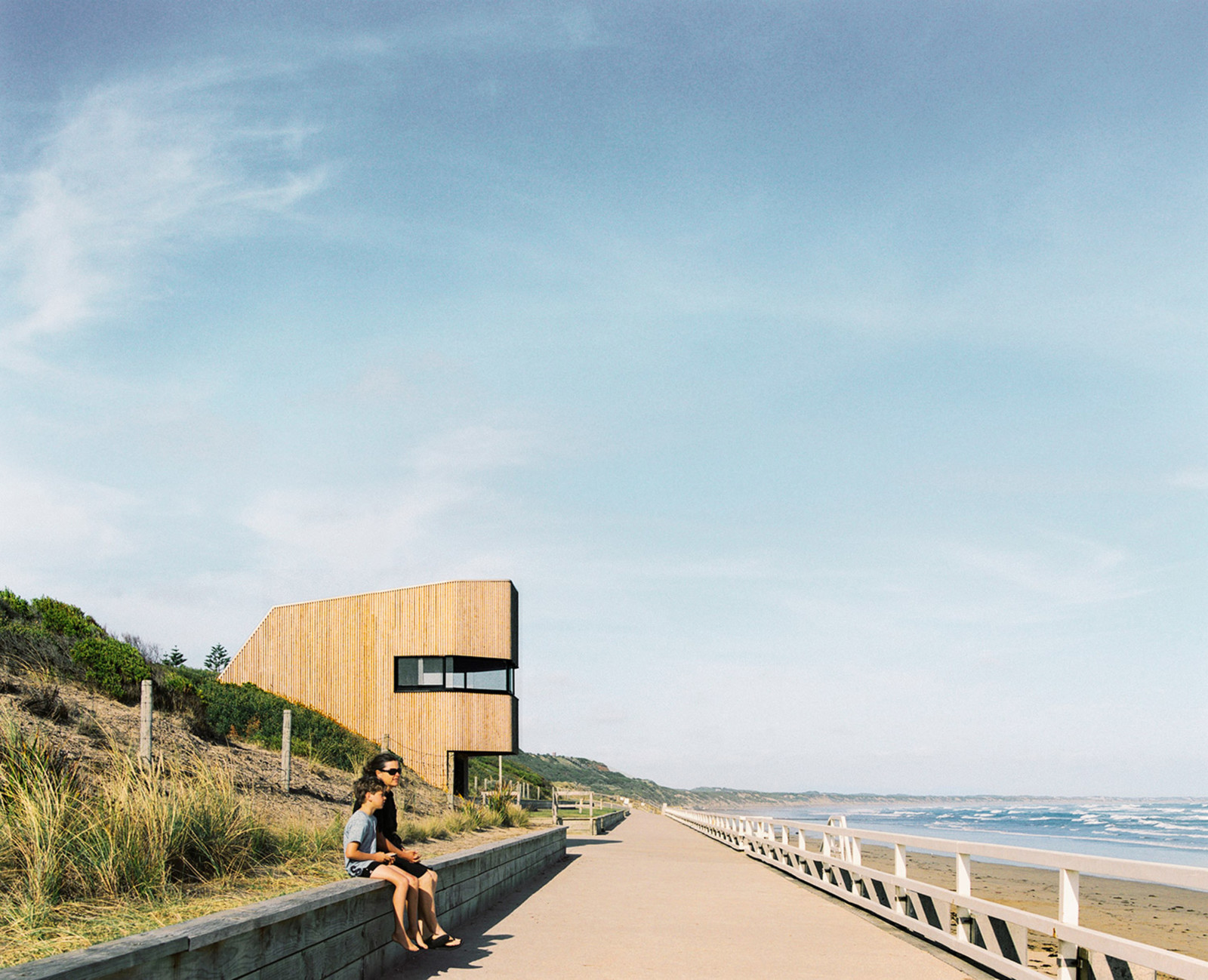
Positioned alongside the beach is the surf life saver club’s control tower. The small, angular structure was designed to contrast the more curved forms of the main building and look like a piece of rock that had resisted the erosive power of the sea.
“The coast is typically a very weathered dune system with sandstone escarpments that continue to weather,” said Wood.
“The sand is constantly being eroded away so that eventually the harder rocks become more prominent. I wanted the control tower to be like a harder prominent rock.”
衝浪救生俱樂部的控制塔位於海灘旁邊。 較小的棱角形結構旨在與主體建築的更多彎曲形式形成對比,看起來就像一塊抵抗了海洋侵蝕力的岩石。
伍德說:“海岸通常是風化得很厲害的沙丘系統,砂岩懸崖一直持續著。”
“沙子不斷地被侵蝕掉,以便最終更堅硬的岩石變得更加突出。我希望控制塔像更堅硬的岩石一樣。”
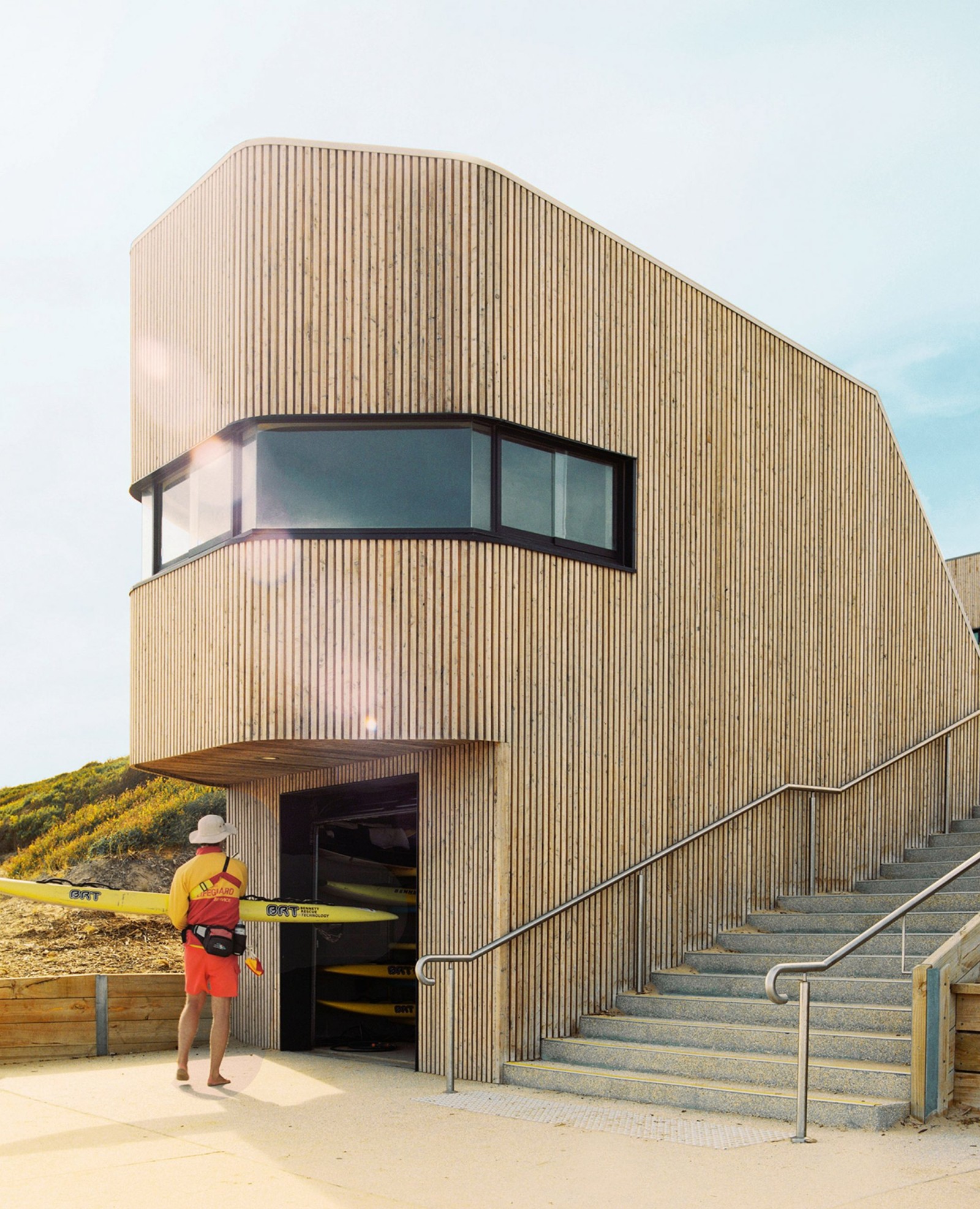
Overall Wood hopes that both the main building and the control tower fit in with the surrounding landscape.
“You can see there’s no real corners to this building but curved surfaces the shadows bleed around the corners. The ocean is like that. The sand dunes are like that so it sits softly in the context,” he said.
“Using a unified conceptual approach inspired the weathered coastline, there is a strong dialogue between the control tower and the club building,” he continued.
“Physically and functionally separate, the continuous fluid forms and robust materiality ties them together as distinctly connected.”
總體伍德(Wood)希望主體建築和控制塔都與周圍的景觀融為一體。
他說:“您可以看到這棟建築沒有真正的拐角,但曲面彎曲,陰影在拐角處滲出。海洋就像那樣。沙丘就是那樣,所以它在環境中柔和地坐落著,”他說。
他繼續說:“採用統一的概念方法啟發了風化的海岸線,在控制塔和俱樂部大樓之間進行了強烈的對話。”
“在物理和功能上是分開的,連續的流體形式和堅固的重要性將它們緊密地連接在一起。”
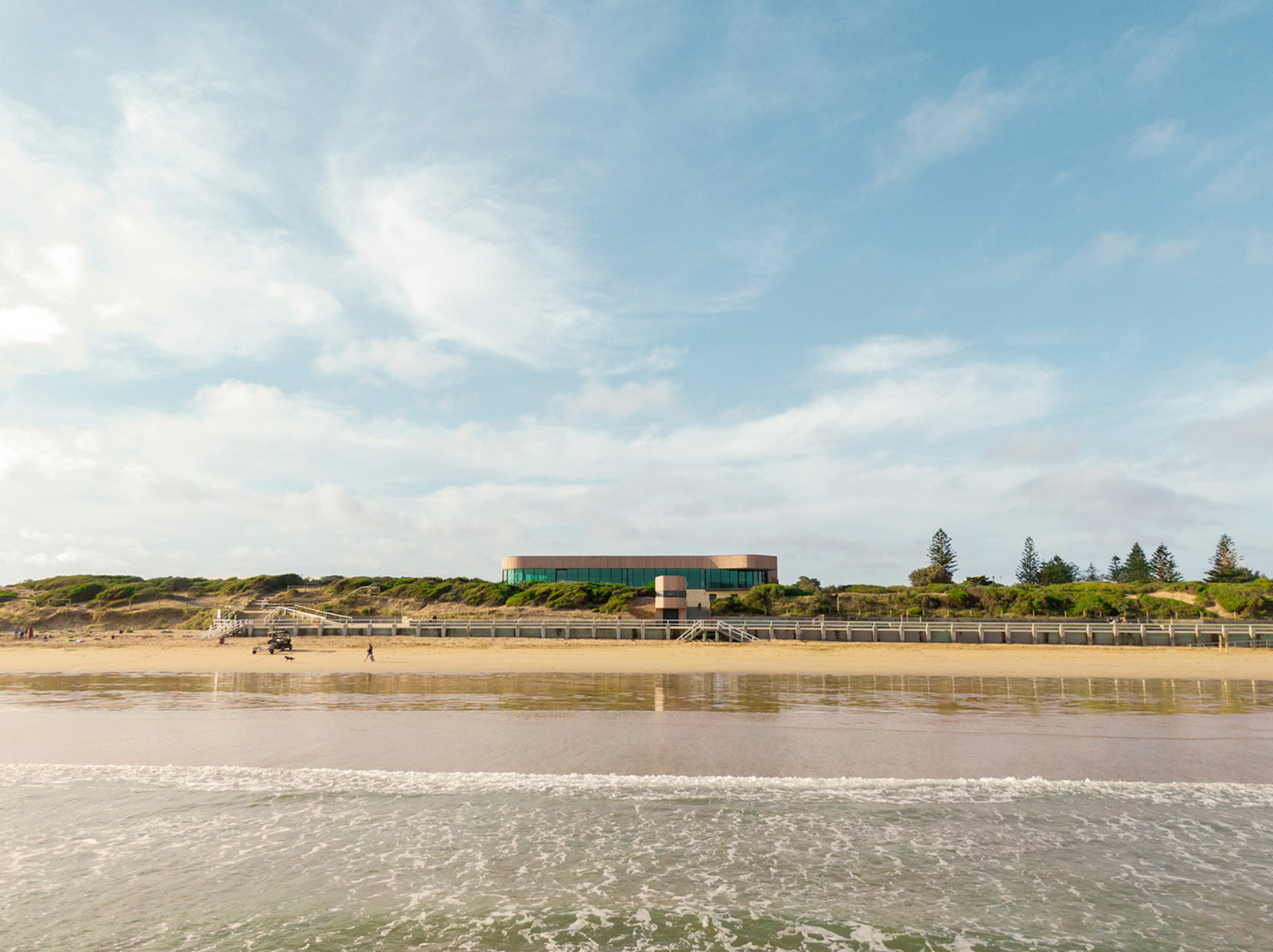
Wood Marsh is a Melbourne-based architecture studio that was established by Wood and Randal Marsh in 1983. The studio previously designed Towers Road House, which has high concrete walls that arc under a disc-shaped roof, as “a sculpture to live within”.
Photography is by Mengzhu Jiang.
Wood Marsh是位於伍德的建築工作室,由Wood和Randal Marsh於1983年成立。該工作室以前設計的Towers Road House,其高高混凝土牆在圓盤形屋頂下呈弧形,是“居住在其中的雕塑”。 。
攝影是姜夢珠。
FROM:https://www.dezeen.com/2020/12/09/ocean-grove-surf-life-saving-club-wood-marsh/

